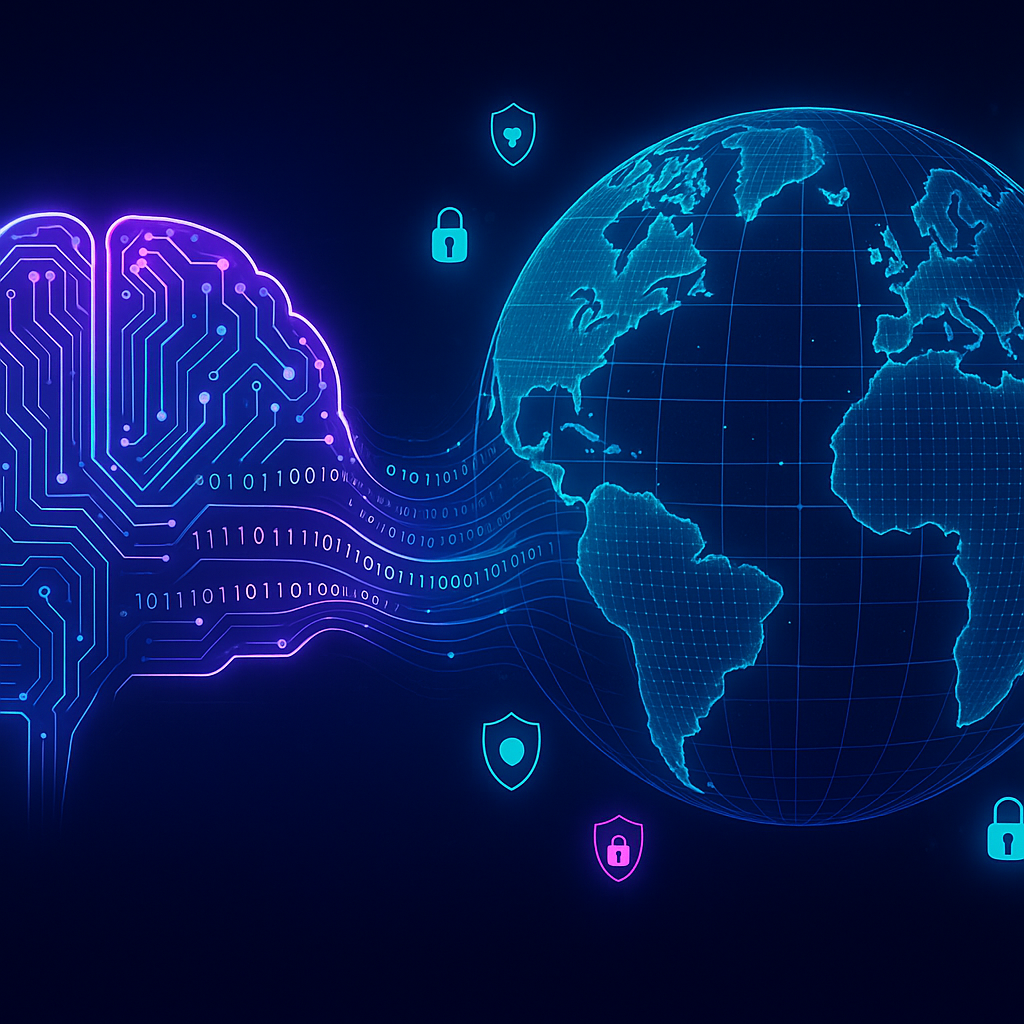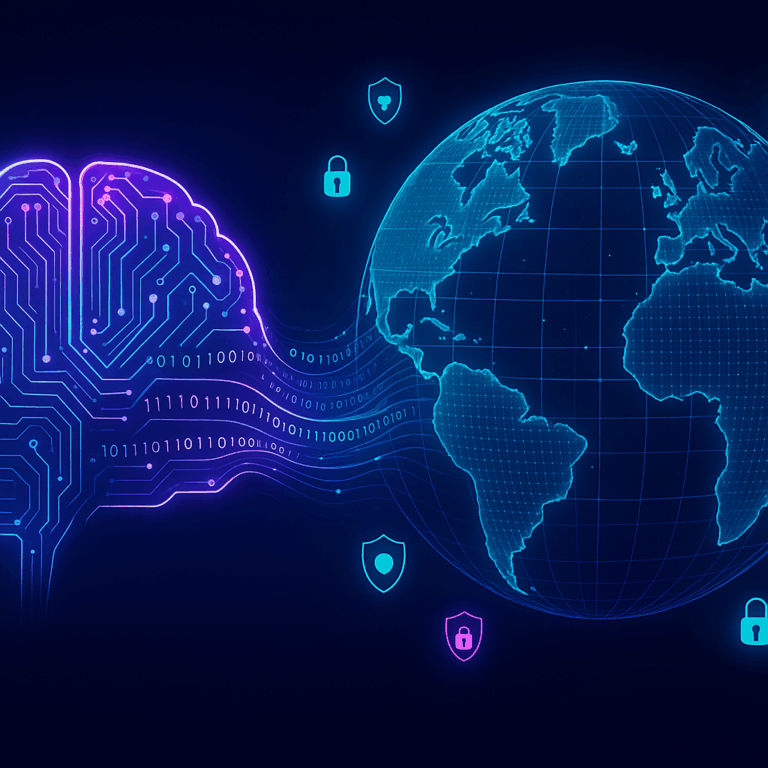BT Detects 2,000 Potential Cyber-Attack Signals Per Second
The numbers are staggering—2,000 potential cyber-attack signals every single second. That’s the rate at which BT, one of the world’s leading telecommunications companies, detects potential threats. We live in an era where data breaches and cyber-attacks have become almost routine, but this stat elevates the conversation to a whole new level. It screams urgency, requires instant reactions, and begs new strategies for cybersecurity. How can companies cope with this overwhelming flood of threats? Let’s dig deeper into what makes this pace of potential attacks so alarming and what can be done to mitigate them.
The Landscape: Threats Galore
The digital age has brought incredible conveniences but also vulnerabilities. As networks grow more complex, so do the methods that cybercriminals use to infiltrate them. With malware variants, sophisticated phishing schemes, ransomware, and DDoS attacks becoming a daily occurrence, the need for robust cybersecurity protocols is more urgent than ever.
BT’s revelation of detecting 2,000 potential cyber-attack signals per second highlights several pressing trends and challenges in the cybersecurity landscape. These signals are not just noise—they’re a call to action.
Advanced Threat Detection: AI to the Rescue
In this ocean of potential threats, conventional methods are no longer sufficient. Enter AI-driven threat detection. Artificial Intelligence and Machine Learning (AI/ML) are revolutionizing how we identify and respond to cyber threats.
- Real-time Analysis: Traditional methods may take hours to detect and analyze threats, but AI can do this in milliseconds.
- Pattern Recognition: AI excels at recognizing patterns and anomalies in vast datasets, which is crucial for identifying subtle, hidden threats.
- Automated Responses: While human intervention is still essential, AI can initiate automated responses to contain threats, buying crucial time for in-depth human analysis.
Machine Learning Algorithms for Anomaly Detection
One of the most effective tools in AI’s arsenal is Machine Learning (ML) algorithms for anomaly detection. Unlike static, rule-based systems, ML algorithms continuously learn and adapt. Here’s how:
- Unsupervised Learning: These algorithms can identify unusual behavior without predefined labels, making them ideal for detecting zero-day vulnerabilities.
- Supervised Learning: Using historical data, these models can predict potential threats with a high level of accuracy.
- Reinforcement Learning: This method allows systems to maximize the detection rate over time, learning from both successes and failures.
Network Security Protocols: Strengthening the Digital Perimeter
But advanced detection methods are only one part of the puzzle. Network security protocols play an equally significant role in safeguarding against attacks.
Intrusion Detection Systems (IDS) and Intrusion Prevention Systems (IPS)
- IDS: Monitors network traffic for suspicious activities and known threats, alerting administrators to potential issues.
- IPS: Goes a step further by actively blocking and preventing detected threats, often working hand-in-hand with IDS.
End-to-End Encryption
Data must be encrypted while in transit to ensure it remains unreadable to unauthorized users. Techniques such as TLS (Transport Layer Security) and IPsec (Internet Protocol Security) are becoming standard practice.
Data Protection Strategies: The Last Line of Defense
Even with the most robust network security and advanced threat detection, data breaches can still happen. Thus, a solid data protection strategy is indispensable.
Data Masking and Tokenization
Data Masking: This involves altering sensitive information so that unauthorized users see a “masked” version of the data.
Tokenization: This replaces sensitive data elements with a non-sensitive equivalent, known as a token, which can be mapped back to the original data only with authorized access.
Backup and Disaster Recovery
Having an up-to-date and secure backup strategy can be a lifesaver. Companies should employ:
- Regular, automated backups.
- Off-site storage to protect against physical breaches or natural disasters.
- Robust disaster recovery plans to minimize downtime and data loss.
Real-World Applications and Challenges
Several real-world scenarios illustrate the necessity of these multi-faceted security approaches:
- Healthcare Sector: Patient data is a lucrative target. AI-driven threat detection and end-to-end encryption have become critical in protecting sensitive medical data.
- Financial Institutions: With massive transactions happening every second, banks and financial institutions heavily rely on ML algorithms for anomaly detection to prevent fraud.
- Telecom Companies: As evidenced by BT, telecom giants are constantly under siege from potential cyber threats. Robust network security protocols and AI are their frontline defenses.
Despite these advancements, challenges abound. For example, AI and ML models are only as good as their training data. Bias in data or insufficient training can render these systems less effective. Moreover, cybercriminals are also increasingly using AI to devise new attack strategies, creating a continuous arms race.
Future Implications: Staying Ahead of Emerging Threats
As the cybersecurity landscape continues to evolve, staying ahead of emerging threats requires ongoing innovation and adaptation. Companies must invest in advanced technologies like AI and ML while also nurturing a culture of cybersecurity awareness among employees.
In summary, BT’s detection of 2,000 potential cyber-attack signals per second serves as a grave reminder of the digital world’s current state. From AI-driven threat detection to robust data protection strategies, an integrated approach is vital to safeguarding against cyber threats. As technology advances, so too must our defenses.
For more information, consider visiting reputable cybersecurity resources:
*National Institute of Standards and Technology (NIST)* – [NIST – Cybersecurity Framework](https://www.nist.gov/cyberframework)
*International Journal of Cybersecurity Intelligence and Cybercrime* – [IJCSIC Journal](https://www.ijcsic.org/)
By prioritizing these strategies, organizations can stay one step ahead and keep their digital perimeters secure in an increasingly hostile cyber landscape. Time to switch gears and get proactive!




